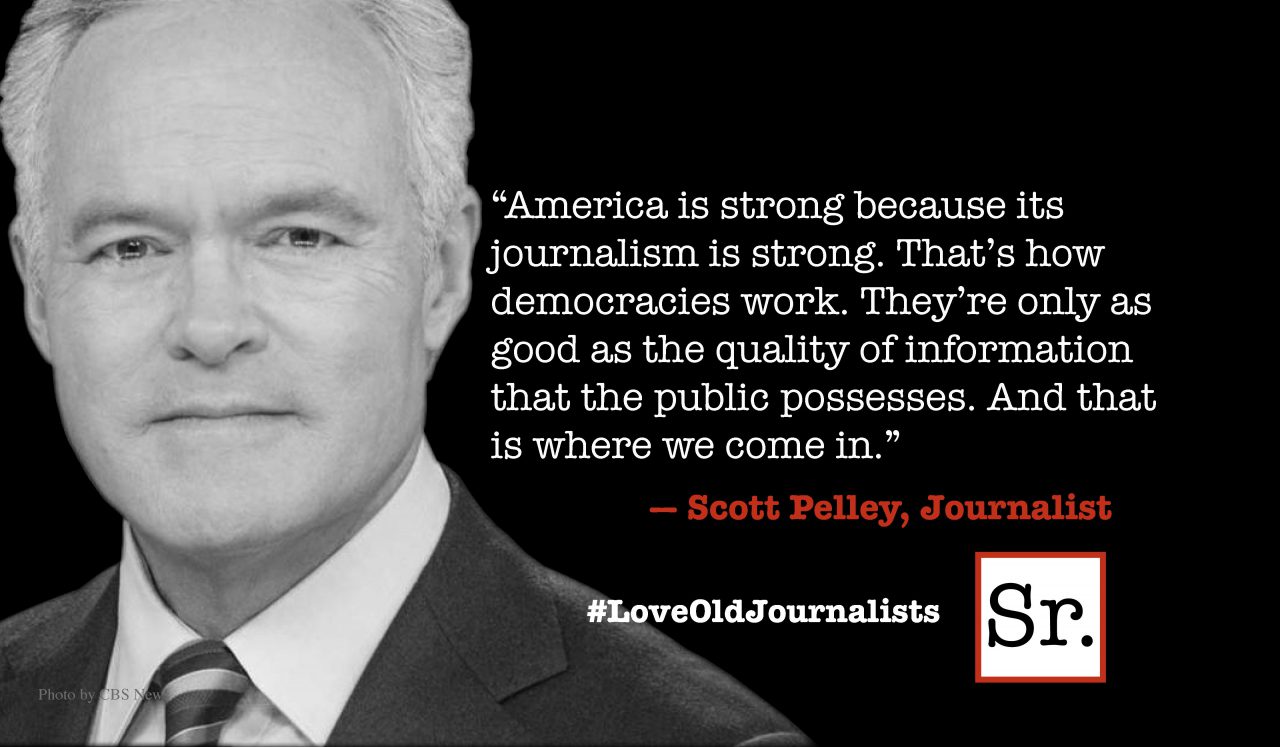After leaving the C-Suite almost twenty years ago, I pursued a career as a strategy consultant. Quite honestly, I wasn’t sure the world needed another consultant. Seems others weren’t prepared to accept that notion, and I was fortunate to counsel such blue-chippers as Procter & Gamble, Starbucks, InBev, Pfizer, and Campbell Soup. Sure, I encountered bureaucracy at times, but I managed to navigate through the red tape by working within a cultural principal they all shared — the respect for great branding. Last year, I came out of retirement for six months to help a smaller company brand itself. The company is Houweling’s Tomatoes. I know — you’ve never heard of them.
In the world of fresh produce, take away Sunkist, Chiquita, Ocean Spray, and Dole, and you aren’t left with much as far as brand awareness is concerned. In a consumer and corporate world that values branding, it may seem surprising that fresh fruit and vegetable growers have failed to embrace or leverage this proven marketing concept. There are the three main reasons for this.
- Unlike shelf-stable foods, most fruits and vegetables are shipped in a master container devoid of individual packaging. How is one to print a brand name on the fruit? Currently, the PLU sticker is the only option. Trouble is … most of us would need a magnifying glass to discover the maker. We inherently conclude that the grower doesn’t care, so why should we?
- Secondly, the fresh fruit and vegetable industry operates by a unique cultural factor — Sell It or Smell It. Their product’s life is incredibly short — two weeks is the average. And if a grower’s inventory is already a week old, they’d rather sell it at 10 cents on the dollar than toss it. You can imagine the sense of urgency amongst the sales force.
- With execution trumping strategy, the folks who work in produce view the tight doctrines of strategy as a negative force, a constraint. Not only do they not get it, they don’t want to get it. In my mind, that’s a big mistake.
Casey Houweling is one of the few produce leaders who understands the balance between strategy and execution. And let me tell you, in the current low price tomato market where supply greatly exceeds demand because of so many Mexican imports, this takes discipline and courage. Despite the challenges within the fresh produce industry, Casey is a brand differentiation believer. He has invested in truss tags (see image) to overcome the branded packaging challenge. Twitter (@Houwelings_), Facebook, a bi-weekly blog, and a slogan (Mastery under Glass) that alludes to the greenhouse category, and Houweling’s leadership within it speaks to the company’s marketing commitment.
The next step is for retailer buyers of produce to appreciate the branding inroads of Houweling’s Tomatoes by consistently stocking more varieties, 52 weeks of the year. For most food retailers, this will require a mindset shift. Yet, retailers who already appreciate the value of produce branding also happen to be the ones outperforming competition. Costco (2011 sales +14 percent, profit +12 percent) and Publix (2011 sales +7 percent, profit +11 percent) are two notable examples. No doubt, there’s a host of qualities beyond their approach to fresh produce that sets these organizations apart from the rest of the pack. Hm. Maybe that’s the seed of a new blog idea.









